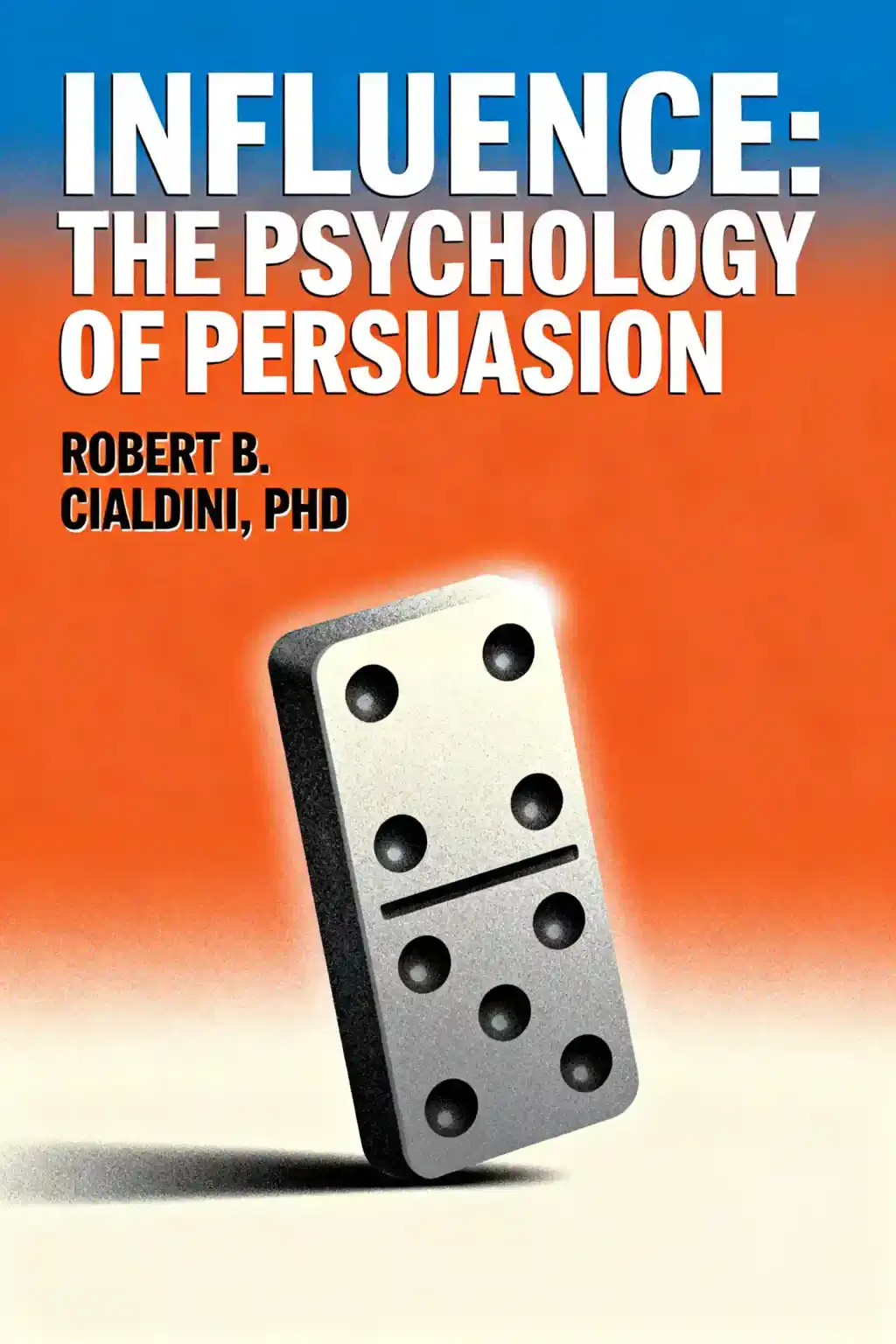What is
Yes! by Noah J. Goldstein about?
Yes! 50 Scientifically Proven Ways to Be Persuasive explores evidence-based strategies to ethically influence decisions, drawing on psychology and behavioral science. It covers 50 actionable tactics, such as leveraging reciprocity, social proof, and framing, to enhance persuasion in marketing, negotiations, and daily interactions. Co-authored by Noah Goldstein, Steve Martin, and Robert Cialdini, it blends academic research with real-world applications.
Who should read
Yes! by Noah J. Goldstein?
Marketers, sales professionals, managers, and anyone seeking to improve their influence skills will benefit. The book offers practical insights for those interested in psychology, communication, or leadership. Its concise, research-backed advice is also valuable for educators and policymakers aiming to drive behavioral change.
Is
Yes! by Noah J. Goldstein worth reading?
Yes—it condenses decades of behavioral research into digestible strategies, making it a practical guide for quick implementation. Readers gain tools like using subtle language tweaks or social norms to sway decisions ethically. Critics note its pop-psychology style, but its scientific rigor and real-world examples ensure relevance.
What are the key persuasion concepts in
Yes!?
Core ideas include:
- Reciprocity: People feel obligated to return favors.
- Social proof: Aligning with majority behavior increases compliance.
- Framing: Presenting options as losses or gains alters decisions.
- Scarcity: Highlighting limited availability boosts desirability.
How does
Yes! use group dynamics for persuasion?
The book explains how group consensus and shared identities amplify influence. For example, highlighting peer adoption (e.g., “9/10 customers choose this”) leverages social proof. It also warns against groupthink and offers strategies to navigate collective decision-making.
What are practical tips from
Yes! for everyday persuasion?
- Smile genuinely: Builds trust and likability.
- Offer choices: Frame decisions as “A or B” rather than yes/no.
- Use endorsements: Cite credible sources to bolster claims.
- Simplify requests: Reduce cognitive load for faster agreement.
How does
Yes! address ethical persuasion?
It emphasizes transparency and avoiding manipulation. Techniques like disclosing conflicts of interest or aligning proposals with others’ values ensure ethical use. The authors argue that persuasion should benefit both parties, not exploit cognitive biases.
What critiques exist about
Yes!?
Some view its bite-sized chapters as oversimplified, lacking depth on complex social dynamics. Others argue that situational factors (e.g., cultural differences) aren’t fully addressed. Despite this, its actionable focus remains a strength for casual readers.
How does
Yes! compare to Robert Cialdini’s
Influence?
Both books explore psychological principles like reciprocity and authority, but Yes! offers more tactical, numbered strategies. Influence delves deeper into foundational theories, while Yes! prioritizes quick applications, making them complementary reads.
Can
Yes! help in career advancement?
Absolutely. Tips like mirroring body language to build rapport, using storytelling in pitches, and positioning ideas as collaborative (e.g., “we” instead of “I”) enhance leadership and negotiation skills critical for professional growth.
What real-world examples does
Yes! include?
It cites campaigns like charity donations increasing when paired with free gifts (reciprocity) and hotels boosting towel reuse by noting most guests participate (social proof). These cases illustrate how small changes yield significant results.
Why is
Yes! relevant in 2025?
In an era of information overload, its science-backed shortcuts help messages cut through noise. With remote work and AI-driven interactions, understanding human behavior remains crucial for effective communication and decision-making.














